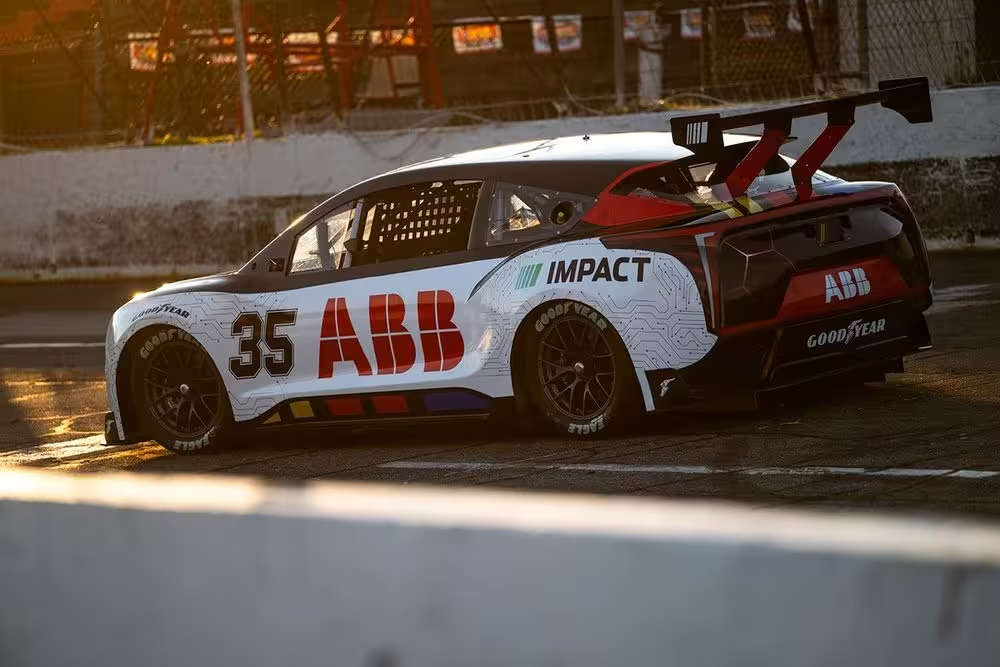At the launch of its all-electric concept car, NASCAR was at pains to point that it likely wouldn’t ever be its Cup Series platform or race in the Daytona 500. So why build it then?
For a series that prides itself in being faithful to its roots, and being the oldest of schools when it comes to racing, the multi-billion dollar sanctioning body has been flexing its muscles recently when it comes to innovation – something that hasn’t exactly been prevalent for a series that only embraced fuel injection a dozen years ago.
A race inside the Los Angeles Coliseum? Check. A new generation of car that means teams don’t have to fabricate chassis themselves? Check. A street race in Chicago? Check. Race a stock car at the Le Mans 24 Hours? Check. So, what comes next?
Well, NASCAR partnered in this battery electric vehicle (BEV) project with Formula E title sponsor ABB, a global leader in electrification and automation, having been guided down this route some years ago at the behest of its trio of OEM partners – Chevrolet, Ford and Toyota.
ABB NASCAR EV Prototype unveil
Photo by: ABB United States
ABB is a founding partner of the ‘NASCAR Impact’ initiative, the sanctioning body’s platform to advance sustainability across electrification. NASCAR insists it is “committed to the historic role of the combustion engine in racing” but is also set on decarbonizing its operations and reducing its carbon footprint to zero across its core operations by 2035.
The concept car was built by the NASCAR engineers responsible for the Next Gen car and the Garage 56 entry into the 24 Hours of Le Mans, and the four-wheel-drive car has a generic Crossover Utility Vehicle (CUV) body made of sustainable flax-based composite.
It has been track-tested several times and boasts three STARD UHP 6-Phase motors (one front, two rear) supplying power directly to all four specially designed Goodyear tires. Courtesy of a 78-kWh liquid-cooled battery, the tunable powertrain can produce 1,000 kW at peak power. Regenerative braking converts kinetic energy into usable energy, which makes the car suited to road courses and short oval tracks.
“There’s a long, long road ahead for the combustion engine, be it powered from sustainable fuel or hydrogen for that matter,” said John Probst, NASCAR’s senior vice president and chief racing development officer. “Then there’s also the electrification side of that via…
Click Here to Read the Full Original Article at Motorsport.com – NASCAR – Stories…

